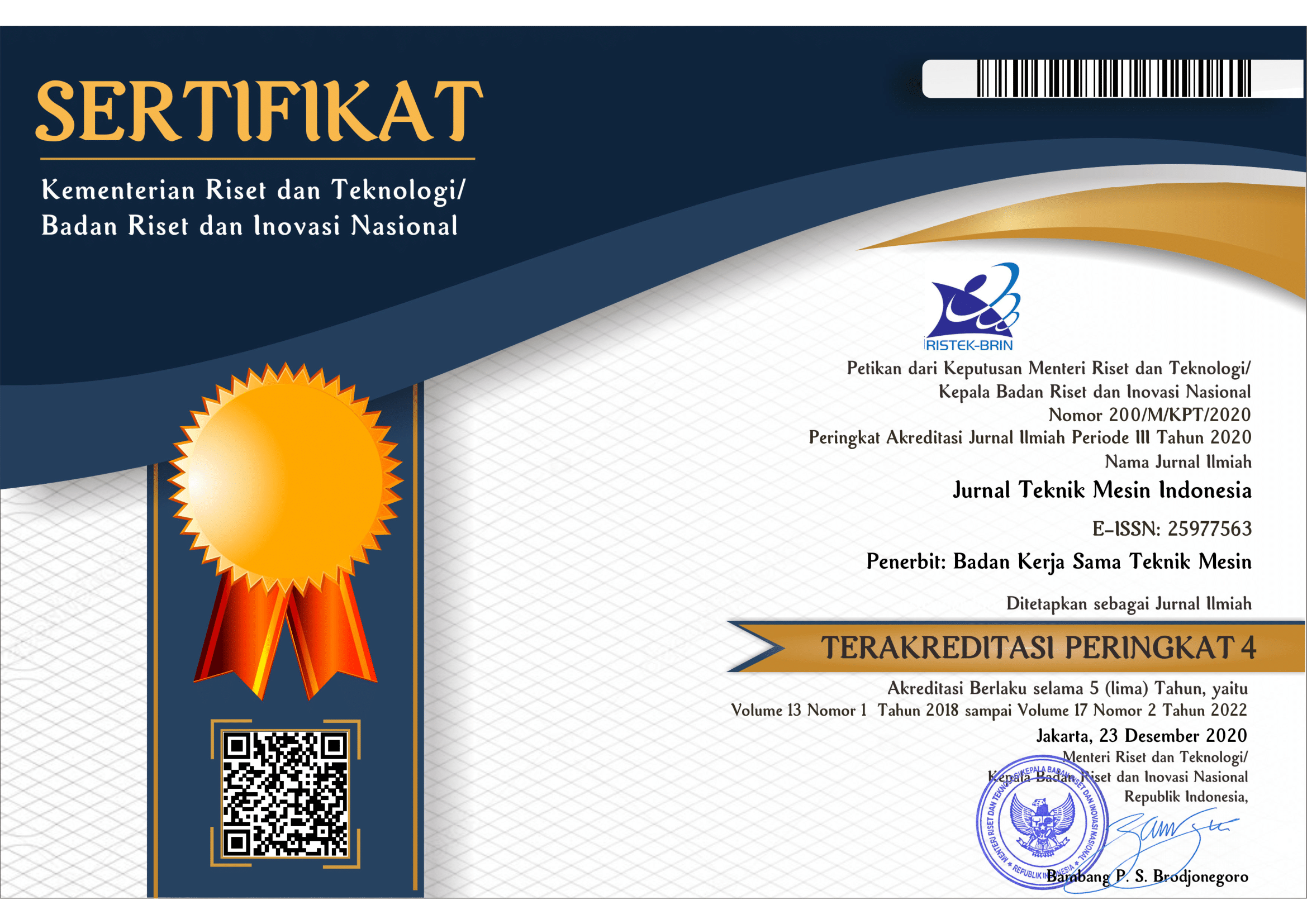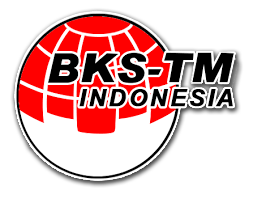Identifikasi Tegangan pada Permukaan Karet SBR-25 saat mengalami Kontak Abrasi: Investigasi Numerik
DOI:
https://doi.org/10.36289/jtmi.v14i2.135Keywords:
adhesion, chip, hyper-elastic, indentorAbstract
Wear due to abrasion on components made of rubber-like material such as on a vehicle tire or seal strongly determines the service life of these components. In rubber material, when the surface is still smooth experiencing abrasion contact, it will form a ridge shaped on abraded surface in a parallel direction perpendicular to the direction of motion of the abrasion. The ridge shaped of the abraded surface will be continuously formed during the abrasion process. Abrasion wear occurs due to stress on the rubber material beyond the fracture stress of the material. However, the analysis of abrasion wear on rubber is still very difficult to discuss analytically due to the non-linear and hyper-elastic properties of rubber material. Using a numerical method, this paper discusses the stresses that occur on the abraded rubber surfaces of SBR-25. As a preliminary study, the analysis was carried out in two dimensions using commercial software ABAQUS 6.14-5 by modeling the rubber in contact with a single rigid indenter. Simulations are carried out with variations in indentation depth, surface roughness and ridge (chip) dimensions. In general, the results show that the large indentation depth and surface roughness increase the maximum stress value. On the other hand, the location of the maximum stress (critical stress) is also strongly influenced by indentation depth, surface roughness and dimensions of the chip.










